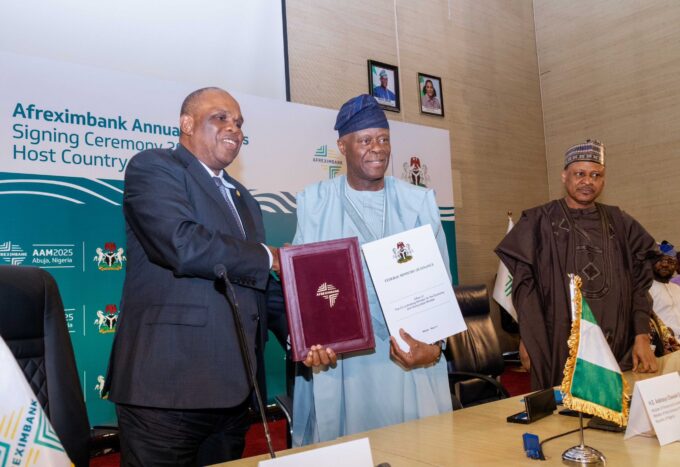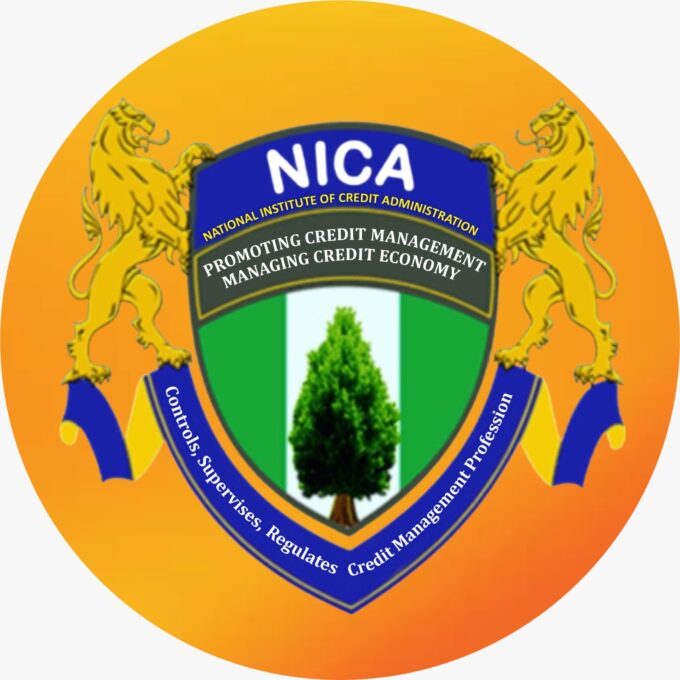One stark conclusion from today’s chart is that term depositors are poorly rewarded when we adjust their rates for inflation. On the same basis, it appears that borrowers on the prime lending rate enjoy competitive terms. For the depositors, the advice would be to invest in mutual funds (if possible).
For the borrowers, we understand that the prime rates are available only to a select few and would generally be topped up by bank fees. The spread between the average maximum lending and term deposit rates, a measure cited by the CBN, was 22.3% in November 2017.
Of the rates in the chart, only the interbank call moves significantly between months. The drivers include: retail and wholesale fx Secondary Market Intervention Sales by the CBN; OMO auctions and maturities; and FAAC distributions for state and local governments (and the FGN before the full functioning of the Treasury Single Account). We would add monetary policy rate changes except that there were none in the period covered by the chart.
We have more-or-less straight lines for the three other rates in the chart other than an unexplained blip for prime lending in March 2017. One explanation lies in the size of the unbanked economy.
Of the adult population of 96.4 million at end-2016, data from Enhancing Financial Innovation and Access show that 58.4% were financially served (either formally or informally) and 41.6% excluded. The figure for the banked population was 38.3% of the total. Would-be borrowers are competing for loanable funds at the banks from a position of weakness.

We raised yesterday the dilemma for the banks as to whether they should increase significantly their lending to the real economy (Good Morning Nigeria, 05 March 2018) now that yields on FGN paper have declined sharply (and are now negative in real terms). There is a similar dilemma for the PFAs.














